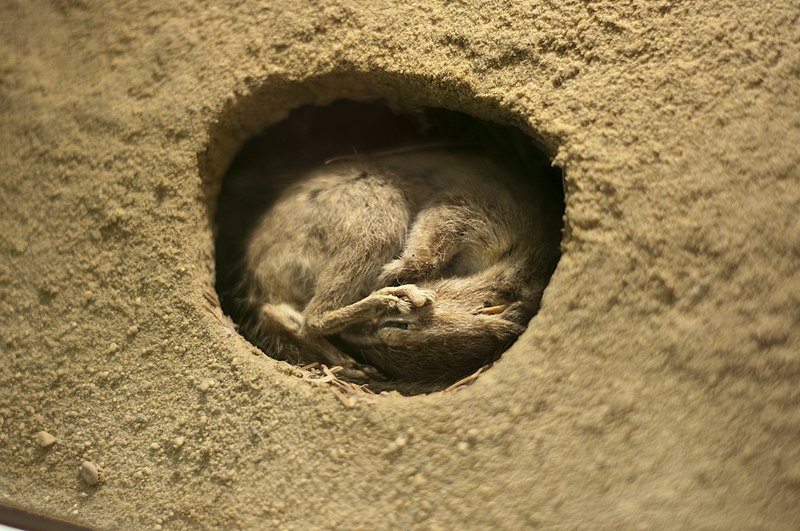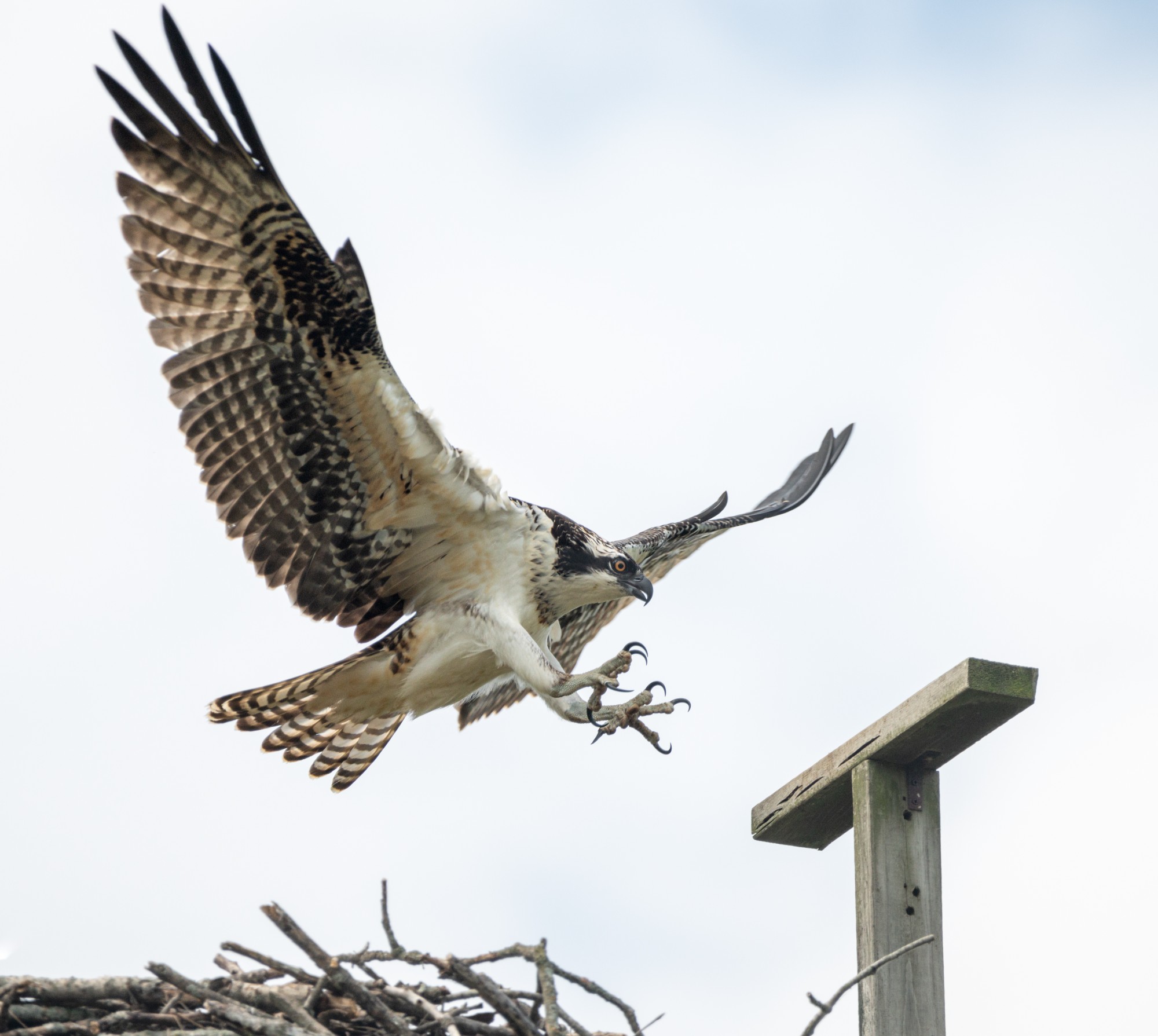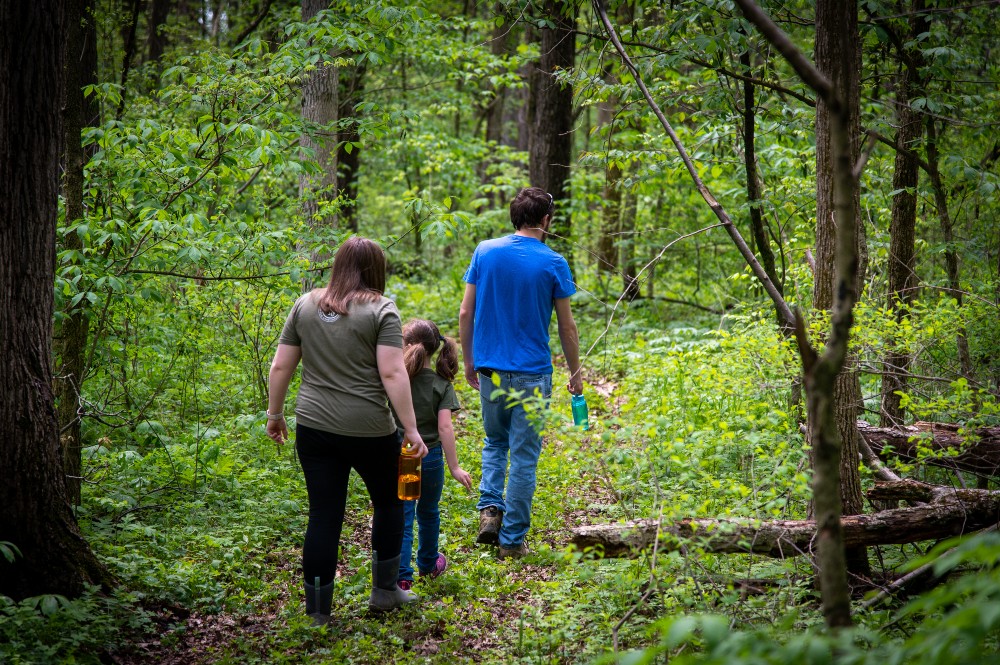The first Sunday in November is always a delight when I remember it is the end of Daylight Savings and we “fall back” one hour.
As the weather cools in October and November, wildlife notice the shorter days and longer nights too and begin to settle in for a long winter nap.
Hibernation is the survival solution when food is scarce and the temperature is adversely cold. But where has all the food gone?!
Plants are the lowest level of the food chain. They do not tend to survive when sunny days are short and temperatures are frigid. If the fundamental access to plants is gone, the insects, mice, snakes, birds, and anything else up the food chain is out of luck when searching for something to eat.
The energy that comes from metabolizing food helps animals regulate their internal temperature. Less food not only causes dire levels of hunger but also makes it difficult to stay warm.
Some wildlife, like most birds, can migrate to warmer climates where their food still thrives. Other wildlife are able to adjust their diet to eat whatever remains available. Deer, for example, can live on twigs and mushrooms when green plant life is gone. For wildlife that cannot do either, hibernation is the answer for living to see next spring.
The term “hibernation” is used broadly for different types of sleep but does have qualifying characteristics. Hibernation is defined by a drop in body temperature, a slowed heartbeat and breathing, and lower metabolic rates. When some animals sleep off the winter, they meet only some of those qualifications. The term for those instances is “torpor” otherwise called, “hibernation light.”
Bears are often imagined as the epitome of hibernation. After fattening up during the fall and filling dens with insulating leaves and twigs, they lumber into the cozy space and snooze. Their heart rate drops to four beats per minute and oxygen consumption lowers by 75 percent. However, their body temperature does not dip dramatically. Also unlike true hibernators, they shuffle around in their den instead of remaining motionless. Ultimately, our supposed champion of hibernation, the bear, undergoes torpor instead of true hibernation.
Small mammals like squirrels, hedgehogs, and mice are more likely to hibernate. Their small size makes it harder for them to travel thousands of miles to where it is warm enough for their food source. In addition to lowering body temperature and metabolism, these critters have another trick to stay warm– cuddling!
There are some fascinating examples of hibernation, some of which continue to baffle scientists.
Arctic ground squirrels sleep seven months out of the year. Their body temperature can drop to 26 degrees Fahrenheit, yet somehow their blood remains liquid. Researchers believe that unlocking the key to that mystery may have medical implications.
Methods of turtle hibernation depend on the species. Box turtles dig beneath the soil and leaf litter for 3-4 months. Freshwater turtles hibernate underwater where temperatures are above freezing. How do they breathe while underwater? Cloacal respiration (breathing out the posterior).
The effect hibernation has on bats’ bodies is shocking. Their heart goes from 400 beats per minute to 25 beats per minute. A bat’s body temperature drops so low it spurs condensation and water droplets form on their fur.
Animals have been using hibernation as a survival technique for millennia. The introduction of humans to the landscape has resulted in deadly disturbances. For example, a bat arousing from torpor may use 70 percent of its energy stores. If it was woken early, maybe by ignorant hikers tromping through a cave, the bat will not have enough energy to make it through the rest of the winter.
One way to help wildlife these next few months as they prepare for hibernation is to think about your impact on spaces that could provide cover. By leaving leaves and the remains of garden plants alone, bees and other pollinators have an ideal place to overwinter.
For humans, hibernating is wishful thinking as we grumble ourselves awake on dark mornings, reluctant to leave the warmth under the covers. That sublime extra hour of sleep at the end of Daylight Savings is as close as we may get. However, in solidarity with our wildlife friends, let’s begin to think about how all living things will “fall back” as the earth prepares for winter.
Kelley V. Phillips is the Communications & Outreach Manager for Red-tail Land Conservancy. She strives to cultivate wonder in nature and action to protect it.
Photo: Hibernating chipmunk by Michael Himbeault




